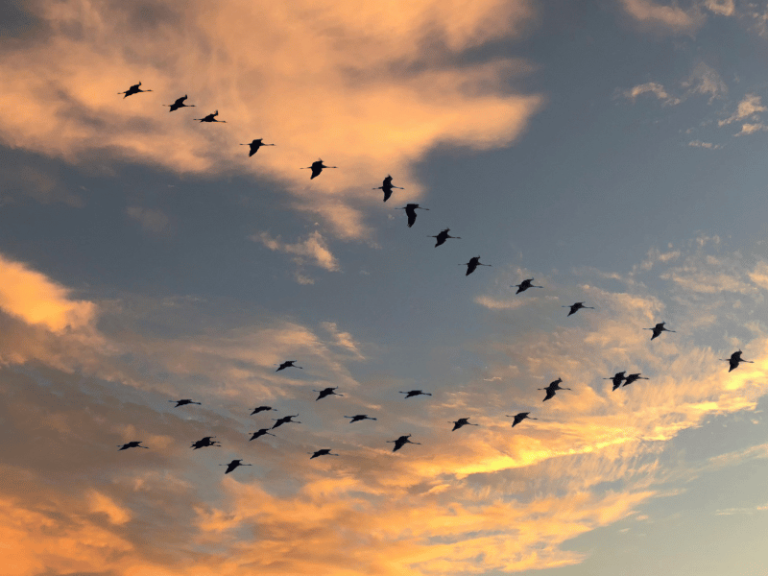Weather changes cyclically through the four seasons, and many bird species also regularly migrate twice a year between their breeding areas (i.e., nesting areas) and wintering areas in response to these seasonal changes. For example, in autumn, when plants wither, swallows and cuckoos that breed in China disappear—they fly thousands of miles south to spend the winter. Conversely, some bird species, such as geese, migrate in flocks from the north to winter in China and return to their original breeding grounds in the spring. This migration is known as bird migration. Why do birds embark on these long journeys every year? According to biologists, several factors contribute to bird migration. The most accurate factors are as follows:
Historical Factors: Tens of millions of years ago, there was an Ice Age on Earth, during which the weather was extremely cold, and vast areas of the Northern Hemisphere were covered in ice. All insects and plants were frozen, making it impossible for birds to find food or survive. Birds were forced to leave their long-inhabited homes and migrate south to warmer areas. Later, as the glaciers slowly melted and retreated northward, the climate changed to exhibit four seasons. Many birds remained attached to their original homes and would return north to breed in the spring and summer and migrate south to winter when the cold set in. Over time, this long-term north-south migration became a migratory habit of birds.
Environmental Conditions: Bird migration is often triggered by changes in various environmental conditions. When temperatures drop, daylight shortens, and food supplies decrease in the winter breeding areas, it adversely affects birds’ lives, prompting them to embark on long journeys or migrate alone to warmer southern regions with more abundant food to winter. However, wintering areas are not suitable for nesting and raising young, so in the spring, they migrate back to their homelands to breed. For example, geese that winter in China migrate north to northern China or Siberia to breed because these areas have long daylight hours, lush vegetation, and abundant insects, which are conducive to feeding and raising young. Moreover, these areas are sparsely populated and have fewer predators, making them ideal breeding grounds for birds.
Physiological Stimulation: Biologists in various countries have conducted many experiments and pointed out that bird migration is largely related to the activity of endocrine glands in their bodies. In spring, external environmental conditions (such as climate, light, and temperature) trigger the activity of birds’ endocrine glands, such as the reproductive glands, thyroid gland, and pituitary gland. These glands secrete hormones that stimulate the nervous system, creating a desire to reproduce, prompting them to migrate north to breed.
The factors causing bird migration are related to the three factors mentioned above, but they should not be understood in isolation. External factors such as daylight, temperature, and food are closely linked to and interact with the activities of internal organs. Bird migration is also an adaptation to seasonal changes in external living conditions.

